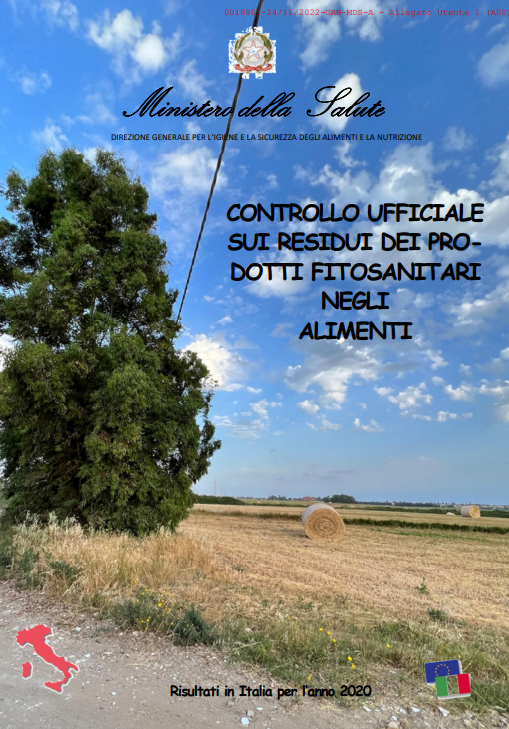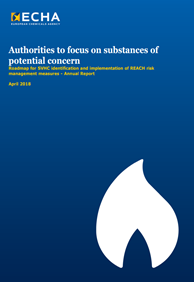Informazione tecnica HSE / 25 ° anno
/ Documenti disponibili:
45.607
/ Documenti scaricati: 34.563.282
/ Documenti scaricati: 34.563.282
ID 22684 | 07.10.2024 / In allegato
An Overview of Risk Assessment Methods, Selected Case Studies and Available Software
The 1992 United Nations Economic Commission for Europe (UNECE) Convention on the Transboundary Effects of Industrial Accidents entered into force in 2000, aiming to help its Parties prevent, prepare for, and respond to industrial accidents, especially those that can have transboundary effects.
The Convention fosters transboundary cooperation in industrial accident prevention, preparedness and response among its Parties and beyond, including in countries of Eastern and South-Eastern Europe, the Caucasus and Central Asia beneficiaries of the Convention’s Assistance and Cooperation Programme.
The workplan will guide the Convention’s Parties, non-Parties in the UNECE region, the Bureau, the Working Group on Implementation, the Joint Expert Group on Water and Industrial Accidents (Joint Expert Group) and the secretariat in their activities. Activities are mainly focused on the UNECE region, but can also benefit States members of the United Nations beyond the region, in line with the communication, outreach and engagement strategies. Risk assessment is an integral part of accident prevention, enshrined in the Convention’s provisions (e.g., art. 6 and annex V).
An UNECE seminar on risk assessment methodologies (Geneva, 4 December 2018) sought to support UNECE countries in implementing relevant Convention provisions by providing an opportunity to exchange information and share experiences in applying risk assessment methodology.
Notable conclusions reached during the seminar included challenges in executing transboundary risk assessment, and the need for more information exchange on risk assessment methodology used in the UNECE region, including available software tools. Accordingly, this report was prioritized among the seminar recommendations.
This report provides a general overview of risk assessment methodology applicable to risks arising from hazardous activities and is not intended to be exhaustive but instead to provide an overview of risk assessment methods used in the UNECE region. This report is intended to be used in conjunction with the report entitled “Risk Assessment for industrial accident prevention: Selected case studies and available software tools” (hereafter called “Part 2”).
Part 2 provides case studies where risk assessment methods were applied to chemical facilities in the UNECE region, including how they apply in a transboundary context. The annex to Part 2 lists some software tools available to support chemical installation risk assessment.
...
III. Overview of risk management process
Industrial facilities can be exposed to risks that may have an impact on personnel, property, the public and the environment and are often inherent due to the nature of operations conducted, hazards of materials stored, characteristics of processes, or even inadequate management systems.
To address these issues, a systematic approach is typically employed to allow stakeholders to identify, evaluate and control risks. Section 3 below provides an overview of risk management concepts, specifically focusing on the risk assessment component.
The broader risk management process provides a framework and structured method that allows operators to understand the risks related to industrial hazardous activities and reach acceptable levels of risk by implementing adequate prevention and/or mitigation measures. First, the scope of the risk management process must be defined, including the purpose and objectives of the study.
The baseline conditions, limitations, inputs and outputs of the risk management process must be clearly described, including considerations for the following: facility or process design, natural hazards, intentional acts, human errors, mechanical failures, off-site hazards, environmental effects, domino effects and emergency response effectiveness. Risk management is divided into three sequential components supplemented by feedback loops and continuous communication with stakeholders (see figure 1):
(a) “Risk assessment” comprises three steps:
i. “Risk identification” to identify hazards and characterize risks presented by those hazards;
ii. “Risk analysis” to measure the elements of the identified risks in terms of consequence severity and likelihood of occurrence;
iii. “Risk evaluation” to determine if the risks are acceptable to stakeholders based on a predetermined level of risk tolerance;
(b) “Risk control” determines preventative and/or mitigative risk reduction measures, implemented at various levels (e.g., engineering controls for a process or implementing a process safety management programme) to reduce the likelihood of failure events and/or the severity of a consequence. Risk reduction measures then feed back into the risk assessment step where scenarios are re-evaluated. Once the risks are determined to be acceptable, the process continues;
(c) “Risk review” provides the means for continuous improvement by monitoring and auditing risks. Post-incident investigations and lessons learned, leading and lagging indicators, improvement of personnel training programmes, and program audits can be used to guide further risk reduction or risk acceptance modifications.
Figure 1. Overview of risk management process
Note: The terms used in figure 1 are defined differently across organizations/entities; thus, there may be discrepancies between the reader’s understanding and the way these terms are used in this report27 (see figure 1 and section B for clarification).
This document focuses on the risk assessment stage and its three steps of identification, analysis and evaluation, but does not cover other stages/elements contained in figure 1.
Lastly, the risk assessment process is overlaid on baseline design standards that vary by country. Minimum safety standards must be respected before introducing risk assessment; however, the level of safety achieved by complying with codes and standards will similarly vary by country. Thus, understanding the context of the risk assessment is critical to enable comparisons from different stakeholders in a transboundary context. Multiple stakeholders can have widely varying opinions on “acceptable risk”. Harmonized evaluation criteria should be: a long-term goal of transboundary cooperation; consistent across stakeholder types; and applicable for all chemical installations.
...
UNECE 2023
add attached

ID 18547 | 03.01.2023
Il controllo ufficiale degli alimenti e delle bevande, di cui al Regolamento UE 625/2017, ...

Stainless Steel a Sustainable Material for:
1. People
Before we can determine whether stainless steel is a sustainable materia...

ECHA Helsinki, 17 aprile 2018
L' ECHA ha pubblicato la relazione annuale che descrive i progressi compiuti nel 2017 nell'attuazio...
Testata editoriale iscritta al n. 22/2024 del registro periodici della cancelleria del Tribunale di Perugia in data 19.11.2024